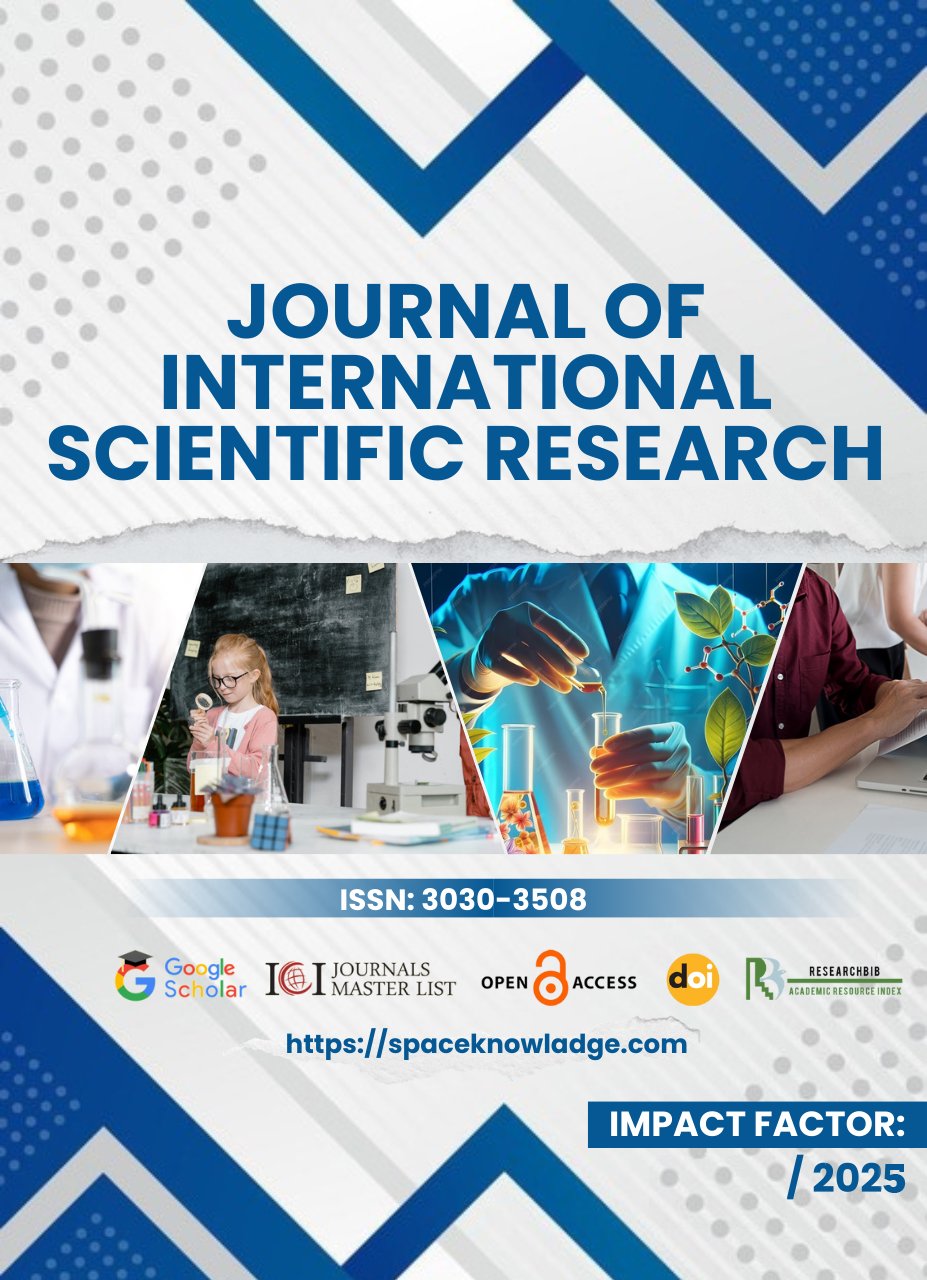COMPARING UZBEK AND ENGLISH LITERARY TRADITIONS.
Keywords:
Uzbek literature, English literature, comparative literary studies, translation, genre formation, cultural identity, postcolonial literary historyAbstract
This article undertakes a comparative and diachronic exploration of Uzbek and English literary traditions, situating each within its linguistic, historical, sociocultural, and ideological matrices. By tracing the evolution of Uzbek literature from its pre-Islamic and Chagatai Turkic roots through Soviet and post-independence phases, and juxtaposing this with the development of English literature from Old English to the modern era, the study identifies convergences and divergences in thematic preoccupations, aesthetic norms, genre formation, and translation dynamics. Drawing on quantitative indicators (e.g. rates of translation, publication volumes, indices of cross-cultural reception) and qualitative textual analysis, the article argues that while English literature has historically benefited from global circulation and institutional infrastructures, Uzbek literature remains negotiating its identity in a multilingual and postcolonial context. The study also anticipates trajectories of mutual influence, suggesting that augmented translation networks and digital humanities tools may progressively bridge structural divides..
References
1. “The Translation Zone: A New Comparative Literature” by Emily Apter
— A foundational text exploring translation’s role in reshaping comparative literature.
PDF version: The Translation Zone (parhamti.com) موسسه ترجمه پرهام
2. Translation and Comparative Literature (Chapter in The Cambridge Handbook of Translation)
— A theoretical overview of how translation and comparative literature interrelate. Cambridge University Press & Assessment
3. “Comparative / World Literature and the Problematic of Translation” by Sobia Kiran
— Engages with translation as a central axis in world literature debates. ResearchGate
4. “Academic Translation: From Theory to Practice” by B. J. Baer
— Examines historical semantics and how translation bridges linguistic worlds. journals.uchicago.edu
5. “Challenges and Possibilities for World Literature, Global Translation” (e.g. in CLCWeb)
— Addresses asymmetries in literary flows and ethics of translation. docs.lib.purdue.edu
6. Baqoyev, Navrozjon (2023). O‘ZBEK TILIDAGI “QO‘L” SO‘ZI VA U QATNASHGAN IBORALAR SEMANTIKASI. Oriental renaissance: Innovative, educational, natural and social sciences, 3 (2), 414-417.
7. Bakoev, N., & Abdumutalova, M. (2023). YAPON TILIDAGI KANSAI SHEVASI VA O‘ZIGA XOSLIGI. Interpretation and researches, 1(17).
8. Bakoev, N., & Yuldasheva, S. (2023). YAPONIYA TA’LIM TIZIMI. Interpretation and researches, 1(17).
9. Bakoev, N., & Ravshanov, S. (2023). YAPON TILIDAGI IYEROGLIFLAR. Educational Research in Universal Sciences, 2(16), 84-87.
10. Bakoev, N., & Sheraliyeva, F. (2023). YAPONIYA TURIZM SOHASI VA RIVOJLANISHI. Interpretation and researches, 1(18).
11. Bakoev , N. (2024). ONE OF MODERN LANGUAGE TEACHING METHODS IS TASK-BASED LANGUAGE TEACHING (TBLT) DISADVANTAGES AND ITS SOLUTIONS. Educational Research in Universal Sciences, 3(4 SPECIAL), 53–57. Retrieved from
12. Шарофиддинов, М. М. (2016). Из истории железной дороги Бухары. Молодой ученый, (9), 962-964.
13. Voxobjonovna, X. S., & Abduraxmonovna, X. D. Formation of Skills of Artistic Creativity in Preschool Children. International Journal on Integrated Education, 3(12), 484-486.
14. Saida, X. (2024, June). HISTORICAL ROOTS OF DEVELOPING STUDENTS'CREATIVE THINKING SKILLS. In International Scientific and Current Research Conferences (pp. 127-128).
15. Xolmatova, S. V. (2024). TALABALARNI KREATIV FIKRLASH KO ‘NIKMALARINI RIVOJLANTIRISHNING PEDAGOGIK JARAYONI. Inter education & global study, (5 (1)), 426-430.
16. Navro‘zjon, B. (2024). Yapon va o ‘zbek adabiyotidagi mifologik obrazlar. Journal of scientific research, modern views and innovations, 1(2), 319-323.





